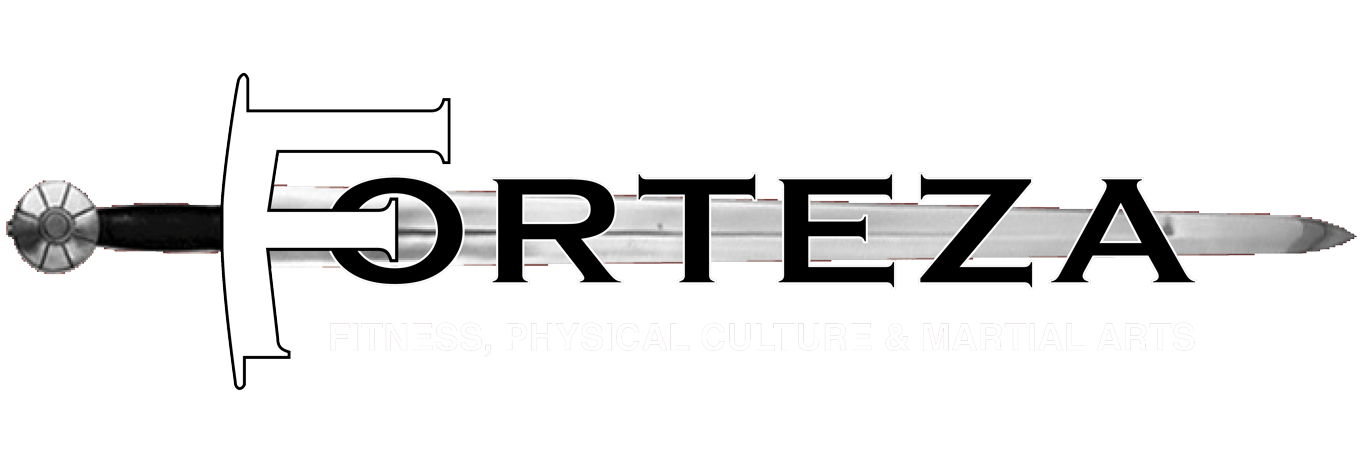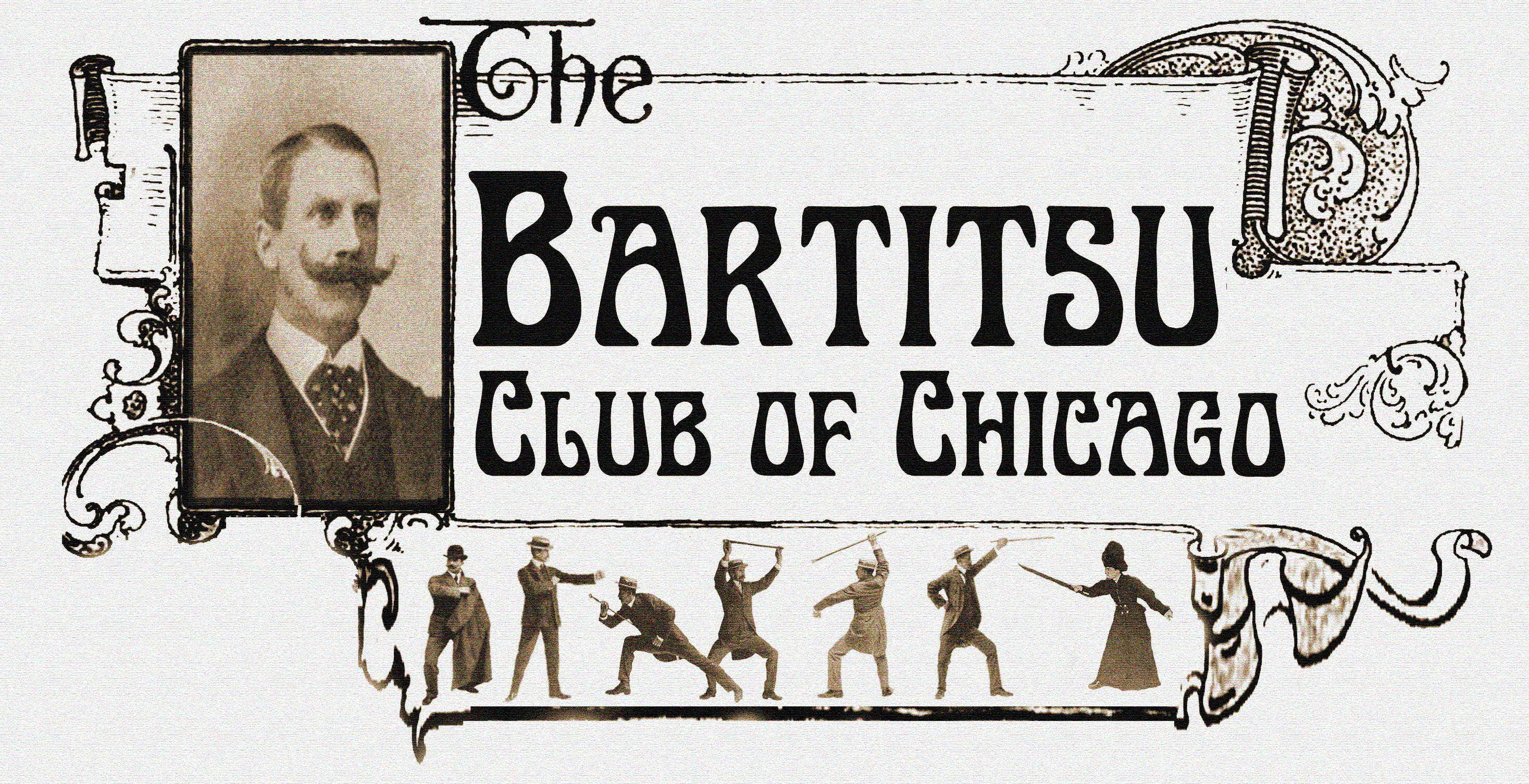Introducing the Forteza Combatives Method
 Join us tonight for the official first class of Forteza’s newest martial arts offering, the Forteza Combatives Method (FCM).
Join us tonight for the official first class of Forteza’s newest martial arts offering, the Forteza Combatives Method (FCM).
The term combatives originates with the military close quarter methods of WWI and WWII were men like Rex Applegate and Col. Anthony J, Drexel Biddle devised simple, direct fighting methods with empty hands, sticks, knives and bayonets that soliders ould learn fast and apply in a wide variety of situations. Combatives weren’t about dueling or competition fighting, but about “getting the job done”.
Today, the term combatives has expanded beyond military combat, but still describes eclectic fighting arts aimed at practical self-defense. In this sense it can be seen as the post-World Wars inheritor of Barton-Wright’s “New Art of Self-Defense”, Bartitsu.
Inspired by these predecessors, the Forteza Combatives Method is an eclectic blend of proven fighting arts designed to meet the needs of today’s martial artists and self-defense enthusiasts. We offer a well-rounded approach to take your fighting skills to new heights, by combining boxing, kicking, clinch fighting, ground fighting, edged weapons survival, and physical conditioning into one cohesive system.
- Closed Fist Combatives: a blend of old school Western bare knuckle boxing, combined with the devastating knees, kicks and elbows of Muay Thai and old school Korean Tae Kwon Do.
- Ground Survival: the FCM’s’ ground fighting techniques are a mix of military ground-fighting combatives, jujitsu, and American Catch Wrestling. Our Catch Wrestling curriculum comes from Dr. Les Moore, in the lineage of Billy “Pops” Wicks. Ground survival training teaches throws, holds, submissions, and escapes to give you the skills needed when a fight goes to the ground. This is decidedly not grappling for sports competition, but rather for reality of the street.
- Empty Hand Combatives: practical unarmed combatives training focuses on gross motor skills that you can use to brutal efficiency in the chaos of an actual violent encounter. This includes open and closed fist strikes, joint locks and breaks, throws, and trapping skills.
- Edges Weapons Survival: learn the defensive and offensive use of the knife. Our edged weapons program is based on the world renowned Martial Blade Concepts system as taught by MBC founder Mike Janich.
- Combatives Conditioning: get into top fighting shape with a blend of pad work, kettlebells, body weight exercises, and sprints, and more. You may not be a professional fighter, but you’ll be in shape like one!
If you are like to train hard, this is the class for you! No experience in martial arts are necessary – we’ll train you from the ground up, but the program is also designed to strongly appeal to students coming from a background in Krav Maga, boxing, Muay Thai or MMA who are specifically interested in integrated training and sparring focused on self-defense, rather than competition.
The Forteza Combatives class will be running on Tuesday evenings from 7:30-8:30, right after the Bartitsu class.
Bring a water bottle, a towel and enthusiasm and we’ll see you there!
Read More »


